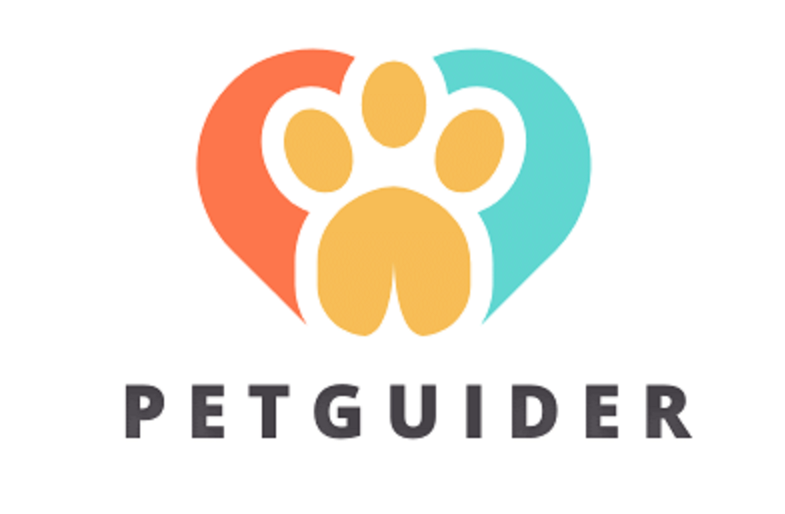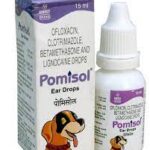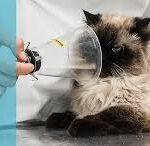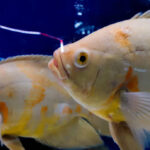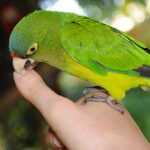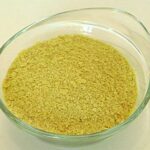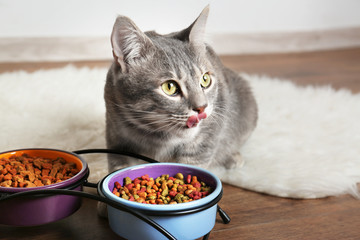Introduction
In the realm of pet care, ensuring your feline friend’s nutrition is paramount especially Cat Food . As a responsible cat owner, providing the best food is crucial for their health and well-being. With the myriad of options available in the market, navigating through the plethora of choices can be overwhelming. Fear not, as this comprehensive guide will walk you through everything you need to know about food, including a detailed food list.
Table of Contents
Understanding Feline Nutrition
Before delving into the food list, it’s essential to grasp the basics of feline nutrition. Cats are obligate carnivores, meaning their diet primarily consists of meat. Unlike omnivorous animals, such as dogs, cats have specific dietary requirements that must be met to maintain optimal health.
The Importance of Quality Cat Food
Quality food is the cornerstone of your cat’s health. Opting for high-quality food ensures that your feline companion receives essential nutrients, vitamins, and minerals necessary for their overall well-being. Investing in premium food brands can prevent nutritional deficiencies and reduce the risk of health issues down the line.
Types of Cat Food
When compiling your food list, it’s crucial to consider the various types of food available in the market. Understanding the differences between these options will help you make an informed decision tailored to your cat’s specific needs.

Dry Cat Food
Dry food, also known as kibble, is one of the most popular choices among cat owners. It offers convenience and a longer shelf life compared to other types of food. However, it’s essential to select high-quality dry food that is rich in protein and low in fillers and artificial additives.
Wet Cat Food
Wet food, available in cans or pouches, contains higher moisture content, which can help keep your cat hydrated. This type of food is often preferred by picky eaters or cats with dental issues. Look for wet cat food brands that prioritize real meat ingredients and avoid excessive carbohydrates.
Raw Cat Food
Raw food mimics a cat’s natural diet in the wild and has gained popularity among pet owners seeking to provide a biologically appropriate diet. While raw feeding requires careful handling and preparation to prevent bacterial contamination, many advocates believe it offers numerous health benefits for cats.
Grain-Free Cat Food
In recent years, grain-free food has emerged as a popular option for cat owners concerned about potential food allergies or sensitivities. While grains are not inherently harmful to cats, some may benefit from a grain-free diet. It’s essential to consult with your veterinarian before making any dietary changes for your cat.
Building Your Cat Food List
Now that you have a better understanding of the types of food available, it’s time to compile your food list. Consider the following factors when selecting food for your furry companion:
Nutritional Requirements
Choose food that meets the nutritional needs of your cat based on factors such as age, weight, activity level, and any underlying health conditions. Look for food labeled as “complete and balanced” by the Association of American Feed Control Officials (AAFCO).
Ingredient Quality
Inspect the ingredient list on food packaging and opt for products that list real meat as the primary ingredient. Avoid food containing excessive fillers, artificial preservatives, and additives.

Brand Reputation
Research food brands with a reputation for producing high-quality, nutritious food. Customer reviews and recommendations from trusted sources can help you narrow down your options.
The Science Behind Optimal Feline Nutrition
Understanding Cat Food Labels
Deciphering cat food labels can be akin to decoding a complex puzzle. Manufacturers use specific terminology and marketing tactics to appeal to consumers, but understanding the science behind these labels is crucial for selecting the best cat food for your furry friend.
Cracking the Code: Decoding Ingredients
When perusing food labels, the first step is to scrutinize the ingredient list. Look for whole proteins such as chicken, turkey, or fish as the primary ingredients. These animal-based proteins provide essential amino acids necessary for your cat’s growth and maintenance.
Sneaky Fillers and Additives
Beware of food containing fillers such as corn, wheat, or soy, which offer little nutritional value to your cat. These ingredients are often used as inexpensive fillers to bulk up the food but provide minimal benefit to your cat’s health. Additionally, artificial additives and preservatives should be avoided whenever possible, as they can contribute to health issues over time.
The Role of Macronutrients
Macronutrients, including protein, fat, and carbohydrates, play a pivotal role in your cat’s diet. Protein is the cornerstone of a cat’s nutrition, providing essential amino acids necessary for muscle growth and repair. High-protein food is essential for maintaining your cat’s lean muscle mass and overall health.
The Fat Conundrum
Fat is another vital macronutrient in your cat’s diet, providing energy and essential fatty acids. Opt for cat food with moderate fat content derived from animal sources such as chicken fat or fish oil. Avoid food with excessive fat or low-quality sources, as they can contribute to obesity and other health issues.
Carbohydrates: Friend or Foe?
While cats are obligate carnivores, meaning they require meat-based diets, carbohydrates can still have a place in their diet in moderation. However, food should contain minimal carbohydrates, preferably from sources such as sweet potatoes or peas. Excessive carbohydrates can lead to weight gain and digestive issues in cats.

Tailoring Your Cat’s Diet
Every cat is unique, with individual dietary needs and preferences. Tailoring your cat’s diet to meet their specific requirements is essential for their health and well-being. Consider the following factors when customizing your cat’s diet:
Age and Life Stage
Cats have different nutritional needs depending on their age and life stage. Kittens require food with higher protein and calorie content to support their rapid growth and development, while senior cats may benefit from food formulated for joint health and weight management.
Activity Level
A cat’s activity level also influences their nutritional requirements. Active cats may require food with higher protein and calorie content to fuel their energy needs, while sedentary cats may need a lower-calorie diet to prevent weight gain.
Health Considerations
Cats with underlying health conditions, such as diabetes or kidney disease, may require specialized food tailored to their specific needs. Consult with your veterinarian to determine the best food for managing your cat’s health condition.

The Evolution of Cat Food
The cat food industry has evolved significantly over the years, reflecting advancements in veterinary science and consumer preferences. From traditional kibble to gourmet wet food options, cat owners now have a plethora of choices when it comes to feeding their feline companions.
The Rise of Functional Ingredients
Modern food formulations often incorporate functional ingredients aimed at supporting various aspects of feline health. From probiotics for digestive health to omega-3 fatty acids for skin and coat health, these added ingredients offer additional benefits beyond basic nutrition.
Sustainability and Ethical Sourcing
With growing awareness of environmental and ethical issues, many cat owners are seeking sustainable and ethically sourced cat food options. Look for cat food brands that prioritize responsibly sourced ingredients and sustainable manufacturing practices to minimize your carbon footprint.
Customization and Personalization
Advancements in technology have paved the way for customized food options tailored to individual cats’ needs. From personalized meal plans based on your cat’s age, weight, and activity level to DNA testing for dietary recommendations, the future of feline nutrition is increasingly personalized.
Cat Food
In conclusion, understanding the science behind cat food is essential for providing your feline companion with optimal nutrition. By deciphering food labels and tailoring your cat’s diet to their specific needs, you can ensure they lead a healthy and happy life. With the evolution of the food industry and advancements in veterinary science, cat owners now have more options than ever before for feeding their beloved pets. Whether you opt for traditional kibble, gourmet wet food, or personalized meal plans, prioritize quality ingredients and nutritional balance to support your cat’s well-being.
Conclusion
In conclusion, providing your cat with a well-balanced diet is essential for their overall health and happiness. By understanding the different types of cat food available and carefully selecting high-quality cat food, you can ensure that your feline companion receives the nutrients they need to thrive. Use this comprehensive cat food list as a guide to making informed decisions about your cat’s diet, and remember to consult with your veterinarian for personalized recommendations. With the right approach to feline nutrition, you can set your cat on the path to a long and healthy life.
